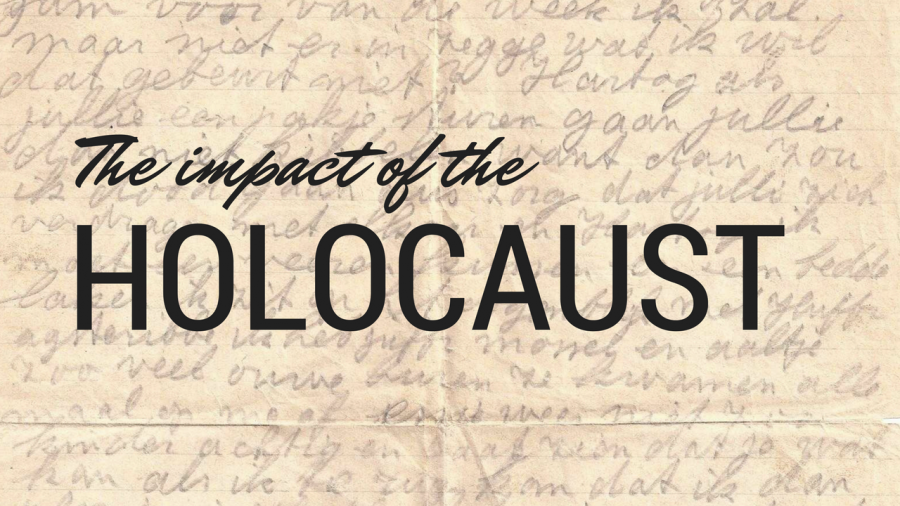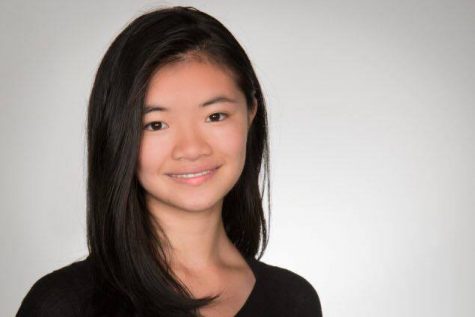t was 1943 in Nazi occupied Amsterdam when two events occurred. Neither of them came close to making the cover pages of the newspapers that broke the news of the end of World War II two years later. But 1943 was the year that has unmistakably shaped the past three generations of student teacher Trisha Connors’ family. It was the year her mother was born; it was also the year that Connors’ great-grandfather and six of her grandmother’s nine siblings died in the Holocaust.
Connors’ father was Catholic and her mother was Jewish. Her mother’s side of the family didn’t actively practice Judaism, but they did live in the Jewish quarter in Amsterdam. That was enough for the Nazis. Connors’ grandmother’s siblings were rounded up at school one day and brought to the concentration camps. Her grandmother survived because she had married into a Protestant family. The other members of her family survived because her great uncle was at home sick, her other uncle and her aunt were living with different, non-Jewish families at the time.
International Holocaust Remembrance Day falls on Jan. 27. Amidst history textbooks that ramble about events in 32 B.C.E., at times it’s hard to believe that World War II was less than 100 years ago. But for families like Connors’, the end of the war wasn’t just another chapter in a textbook. The war and the Holocaust’s shadow has loomed over the past three generations of her family. And as those who bear the faded wrist tattoos from concentration camps age and pass away, the act of remembering is left to stories like the one that Connors tells in this video and to days like Jan. 27.










